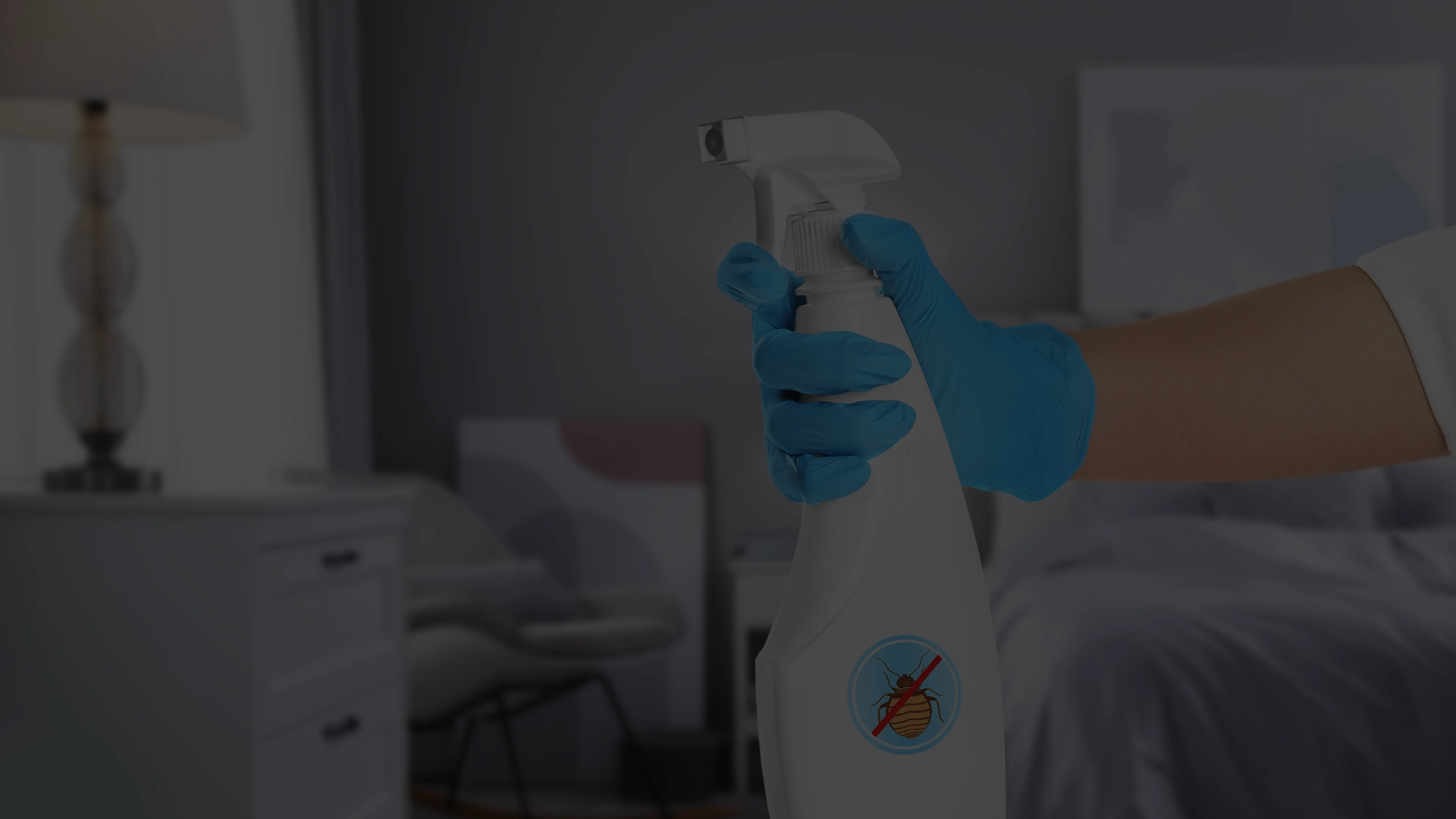
Optimum protection against insect pests
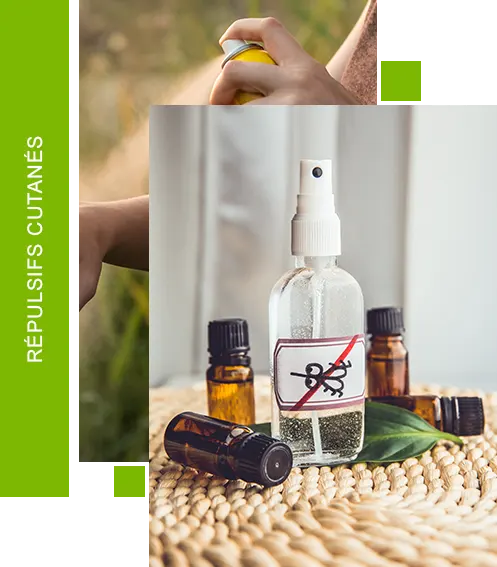
Effective insect protection
Understanding the different types of repellents available
Skin repellents fall into two main categories: synthetic formulas such as DEET at 50% concentration, offering maximum protection, and natural alternatives based on citriodiol or essential oils. The choice of repellent depends on the environment and the desired duration of protection.
Synthetic icaridin is a modern alternative to DEET, particularly suited to tropical climates. These formulations guarantee targeted protection against different insect species.
Reinforced protection against
the tiger mosquito
Effective barrier against
ticks in the forest
Optimum repellency
of sandflies
Adapted solutions against
flies and horseflies
Protection of exposed areas
Application and use of skin repellents

Duration of protection according to formula
Synthetic repellents provide extended protection for up to 16 hours, requiring renewal after swimming or intense perspiration.

Priority application areas
Application should target uncovered areas of the body, avoiding contact with mucous membranes and irritated areas for maximum effectiveness.
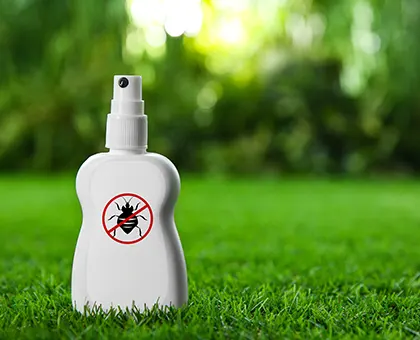
Recommended renewal frequency
Renewal varies according to physical activity and climatic conditions, with particular attention to the morning and night periods.
Precise dosing recommended
Natural solutions for home protection
Natural repellents such as lavender and mint offer an ecological alternative for protecting indoor spaces. Diffusing essential oils creates a preventive barrier against flying insects, while pleasantly perfuming the home.
Controlled atmospheric diffusion
Adaptation to specific environments

Forest protection
Forest hikes require specific tick repellents combining DEET and permethrin.
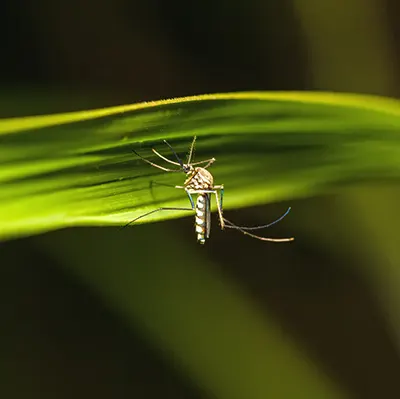
Solutions for tropical zones
Tropical regions require high-concentration formulations against sandflies and mosquitoes.
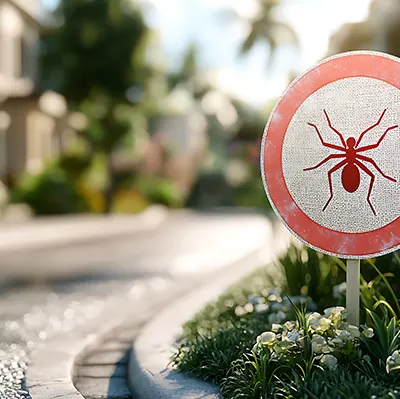
Protection in urban areas
Urban environments require suitable repellents against the tiger mosquito, which is particularly active during the day.
High-performance formulas
Essential precautions and contraindications
The use of repellents requires certain precautions, particularly for children and pregnant women. DEET-concentrated formulas are not recommended before the age of 12, preferring alternatives such as IR3535 or citriodiol.
Innovations in repellent formulations
New microencapsulation technologies enable a gradual release of active ingredients, optimizing the duration of protection while minimizing side effects.
Environmental impact
of repellents
Natural, biodegradable repellents represent a growing ecological alternative, reducing the impact on ecosystems while maintaining satisfactory efficacy.

Eco-responsible protection guaranteed
Recommendations for different situations of use
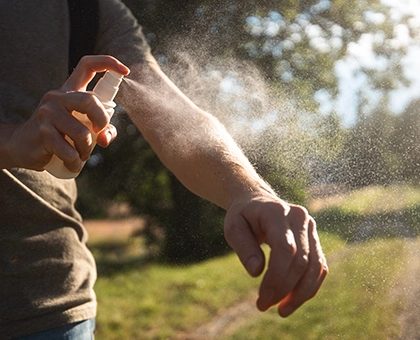
Protection for outdoor activities
Outdoor activities require extra protection, especially during the critical hours of insect activity.
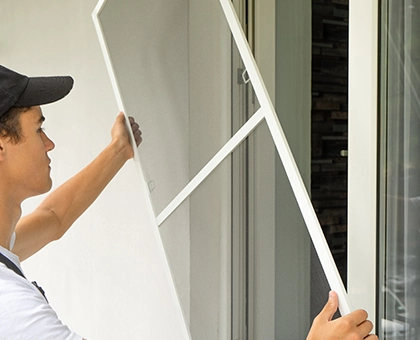
Solutions for interior spaces
Protection for interior spaces combines atmospheric repellents and physical barriers for optimum effectiveness.

Adapting to climatic conditions
Weather conditions influence the effectiveness of repellents, requiring adaptation of application formulas and frequencies.